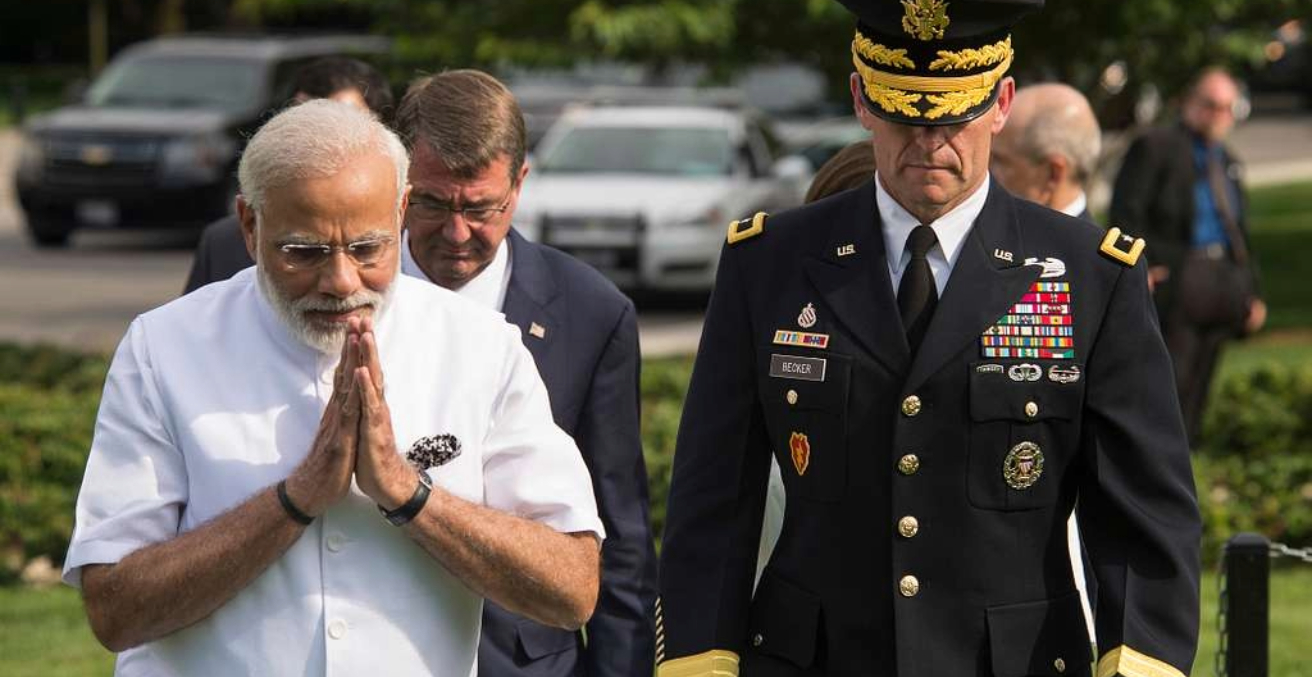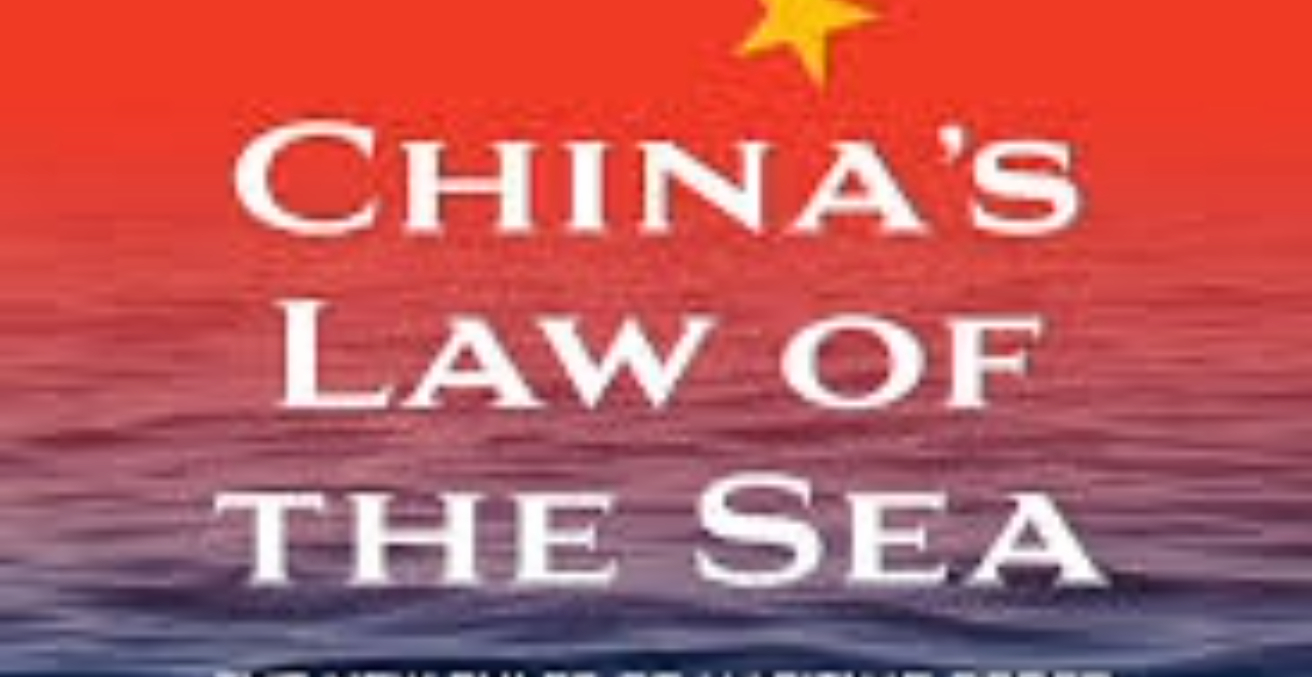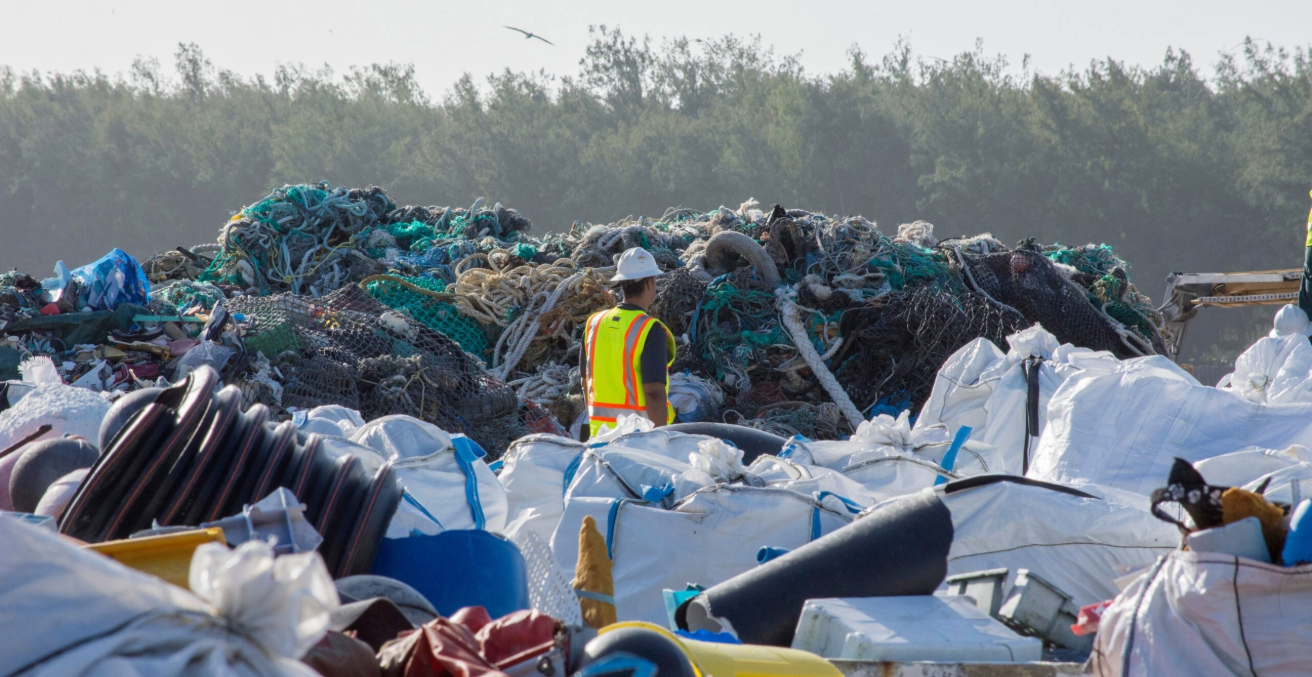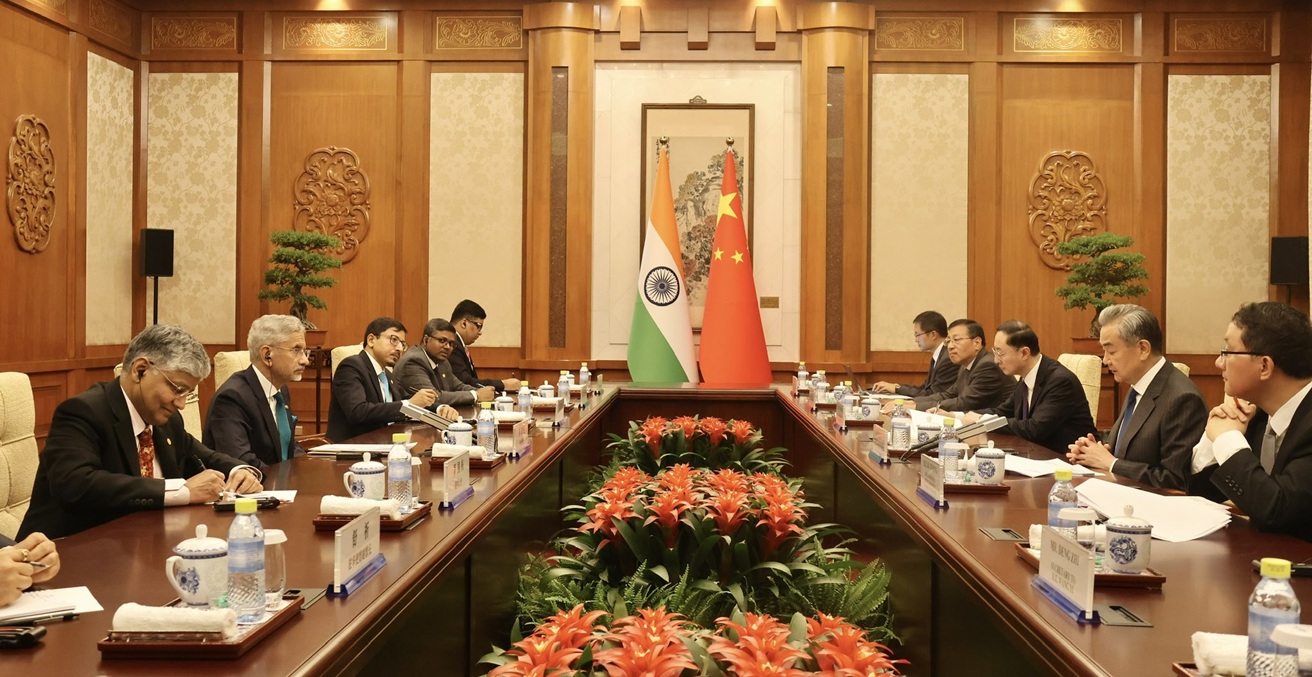President Donald Trump’s recent executive order imposing a 50 percent tariff on Indian imports—25 percent initially, with an additional 25 percent penalty for India’s purchase of Russian oil—threatens to unravel decades of carefully nurtured US-India strategic ties. This punitive approach risks alienating India, a democratic powerhouse and key ally in countering terrorism and balancing China’s influence in the Indo-Pacific.
Rather than imposing coercive tariffs, the United States should take inspiration from the United Kingdom’s pragmatic approach in its July 2025 Free Trade Agreement (FTA) with India, which fosters mutual prosperity without compromising either nation’s priorities. Failure to recalibrate could push India closer to China, an unintended geopolitical blunder that would undermine US interests.
A strategic partnership at stake
The US-India relationship has blossomed over two decades, evolving from cautious engagement to a robust partnership marked by milestones like the 2008 civil nuclear deal and deepening defence cooperation. In 2024, bilateral goods trade reached US$129 billion, with ambitions to soar to $500 billion by 2030. India’s role in the Quad and its contributions to counterterrorism make it a linchpin in America’s Indo-Pacific strategy. Yet, Trump’s tariffs, announced on 30 July and set to take effect on 27 August jeopardise this trajectory.
The tariffs, justified by India’s high trade barriers and its purchase of Russian oil, overlook the pragmatic realities driving India’s energy choices. With traditional oil suppliers redirecting to Europe, India turned to discounted Russian oil to ensure energy security for its 1.4 billion citizens. As India’s Ministry of External Affairs emphasised, these imports are driven by “market factors” to maintain “predictable and affordable energy costs.” Punishing India for prioritising economic stability is perceived as unfair, especially when Western nations continue importing Russian uranium, palladium, and fertilizers.
The India-UK FTA: A model for collaboration
The United Kingdom offers a compelling contrast to the US approach. On 24 July 2025, India and the UK signed a landmark FTA, the result of three years of negotiations that respected both nations’ priorities. The agreement eliminates tariffs on 99 percent of Indian exports to the UK, reduces duties on British goods like whisky and automobiles, and facilitates professional mobility through a Double Contribution Convention (DCC). This pact aims to double bilateral trade to $120 billion by 2030, boosting sectors like Indian textiles and British advanced manufacturing while safeguarding sensitive areas like India’s dairy sector.
The India-UK FTA demonstrates that trade deals thrive on collaboration, not coercion. By addressing India’s developmental needs—such as protecting its Micro, Small, and Medium Enterprises (MSME) and agricultural sector—the UK crafted a deal that aligns with India’s economic realities while advancing its own interests. The agreement’s focus on digital trade, intellectual property, and sustainable development further underscores its forward-looking approach, offering a blueprint for modern economic diplomacy.
The risks of alienation
The US tariffs, in contrast, send a troubling signal to India, a nation that has stood shoulder-to-shoulder with America in combating terrorism and promoting democratic values. India’s purchase of Russian oil is not a geopolitical slight but a necessity to stabilise energy costs. Its defence procurement, while still 36 percent Russian in 2024, has shifted significantly toward US and Western suppliers, down from 72 percent a decade ago. Penalising India risks eroding trust and pushing it toward closer alignment with China, especially as Beijing signals openness to deeper ties through platforms like the Shanghai Cooperation Organization (SCO).
Prime Minister Narendra Modi’s upcoming visit to China for the SCO Summit on 31 August, his first in seven years, underscores this risk. A China Daily article, shared by the Chinese embassy in India, highlighted a “thaw” in India-China relations, suggesting that US pressure could inadvertently strengthen ties between the two rivals. As Modi declared at the MS Swaminathan Centenary International Conference, India will “never compromise” on its farmers, fishermen, and dairy workers, signaling resolve in the face of external pressure.
A path forward for the US
The US must recognise India’s developmental imperatives—its MSME-driven economy, agricultural vulnerabilities, and energy needs—to unlock a mutually beneficial trade deal. India’s insistence on measures like Minimum Support Price (MSP) for farmers is not obstructionism but a necessity for a nation where agriculture employs nearly half the workforce. A successful Indo-US FTA could leverage India’s tech prowess and market potential to complement American innovation, mirroring the collaborative spirit of the India-UK deal.
Rather than escalating tariffs, Washington should prioritise negotiations that respect India’s priorities while advancing US interests. The stalled Indo-US trade talks, bogged down by disagreements over agricultural subsidies and digital trade, could be revitalised by adopting a pragmatic approach. A deal that balances market access with protections for India’s vulnerable sectors could boost bilateral trade, create jobs, and strengthen the strategic partnership.
Conclusion
The United States stands at a crossroads in its relationship with India. The India-UK FTA offers a clear lesson: trade deals succeed when they respect mutual priorities and foster shared prosperity. By contrast, Trump’s 50 percent tariffs risk alienating a vital democratic partner, potentially driving India closer to China, and undermining US interests in the Indo-Pacific. Recalibrating its approach to prioritise collaboration over coercion will not only preserve but enhance the US-India partnership, ensuring a stable and prosperous future for both nations.
Anna Mahjar-Barducci is a Project director at the Middle East Media Research Institute (MEMRI). She has also contributed to think tanks and academic institutions such as TRENDS (UAE). Her writing has appeared in The New York Sun (USA), Osservatore Romano (Vatican), El Mundo (Spain), Maroc Diplomatique (Morocco), Ynet (Israel) and Haaretz (Israel), Il Foglio Quotidiano (Italy). She is currently a columnist for the Italian daily La Ragione. Mahjar-Barducci lectured at the US State Department and has been part of several US State Department-sponsored events with the Middle East Partnership Initiative (MEPI). She also worked as a researcher in South Asia, Tunisia, Senegal, and Zimbabwe.
This article is published under a Creative Commons License and may be republished with attribution.





